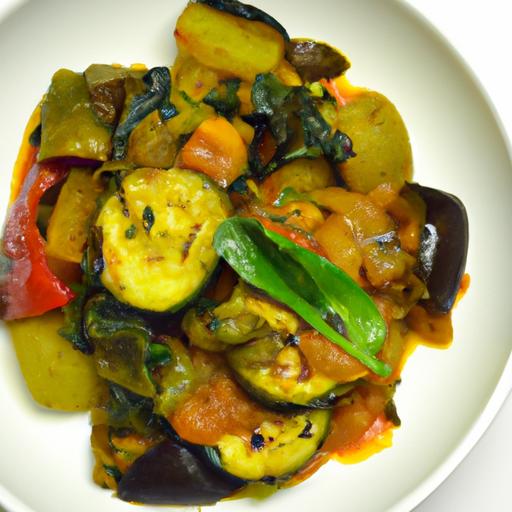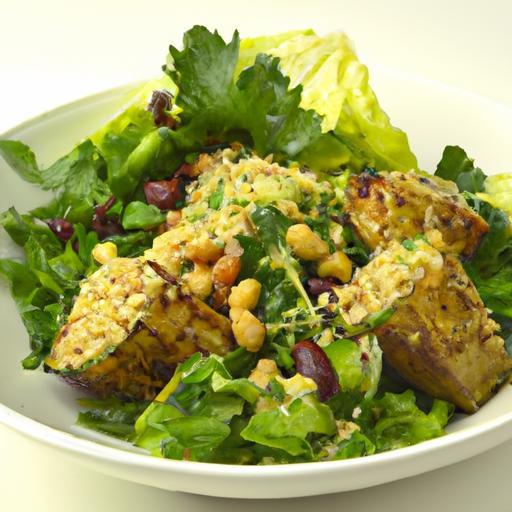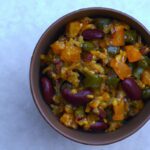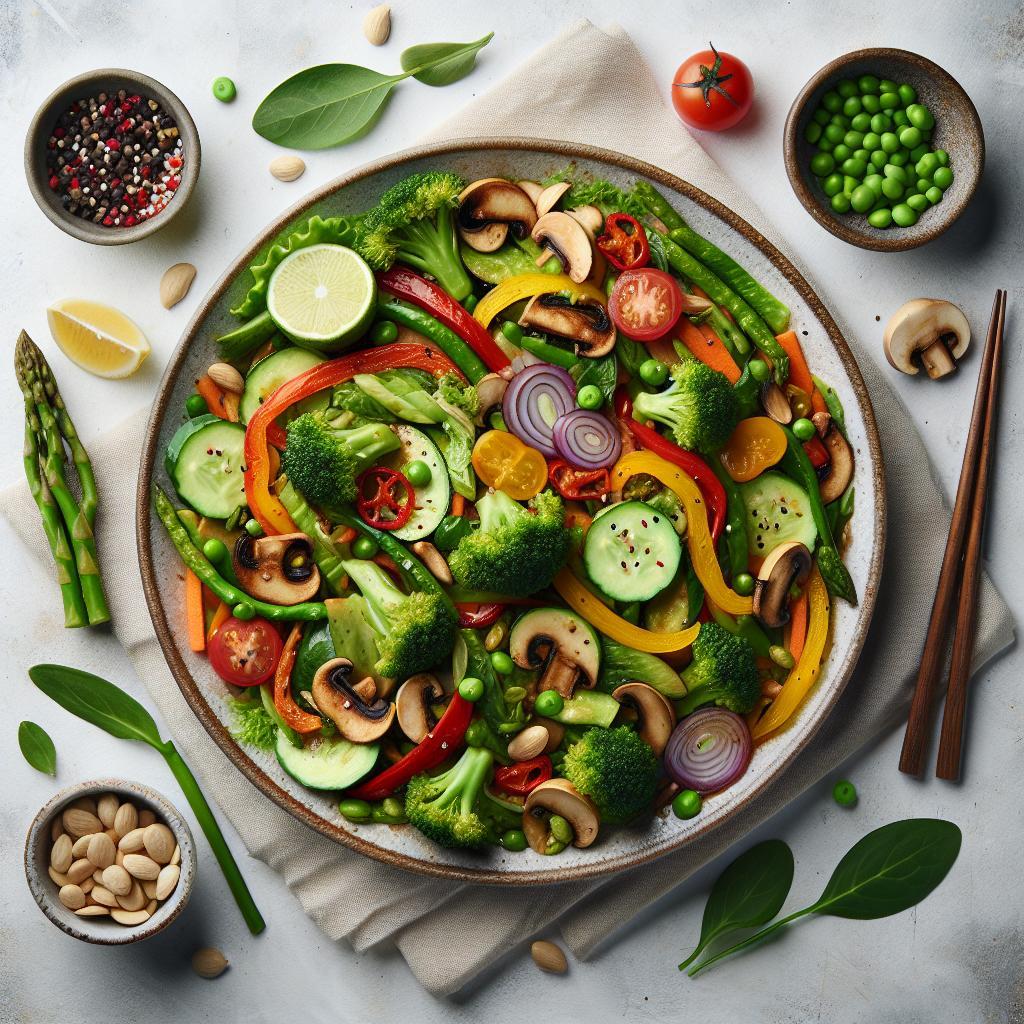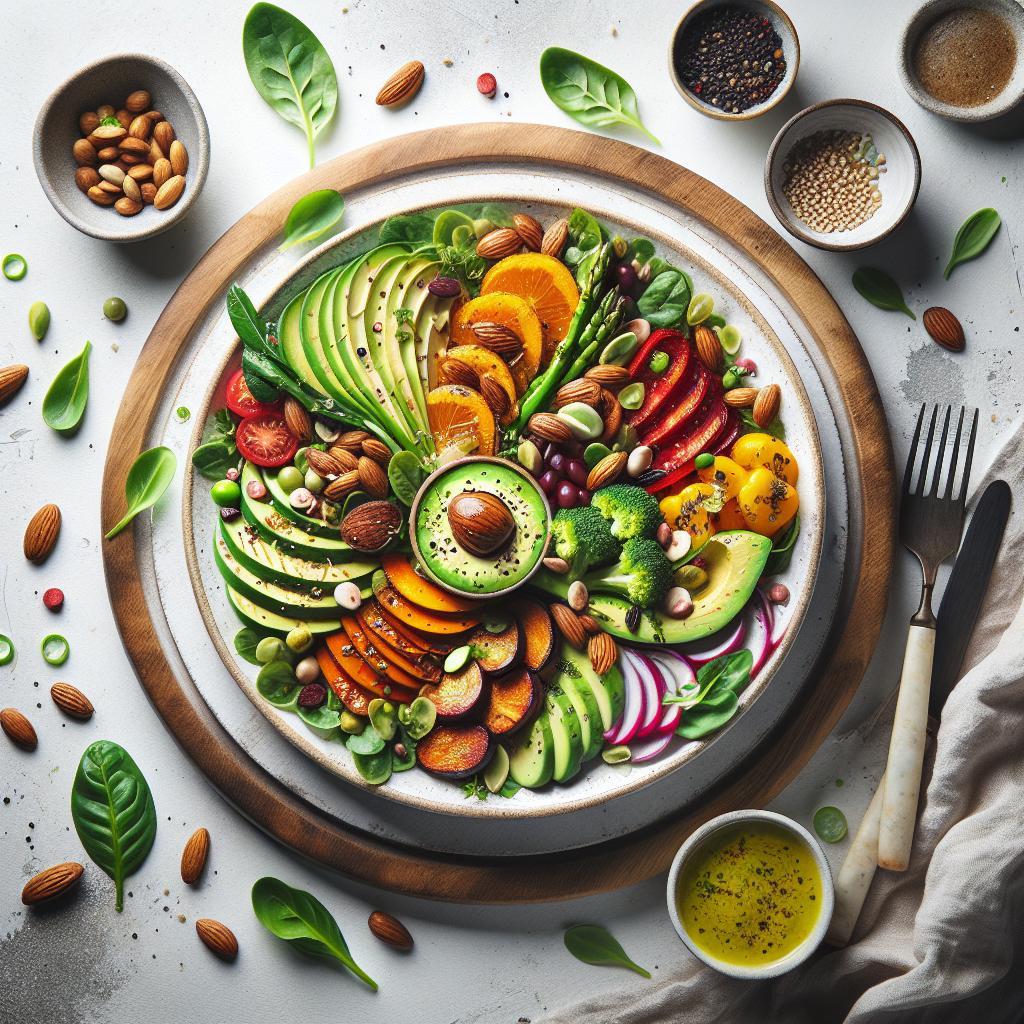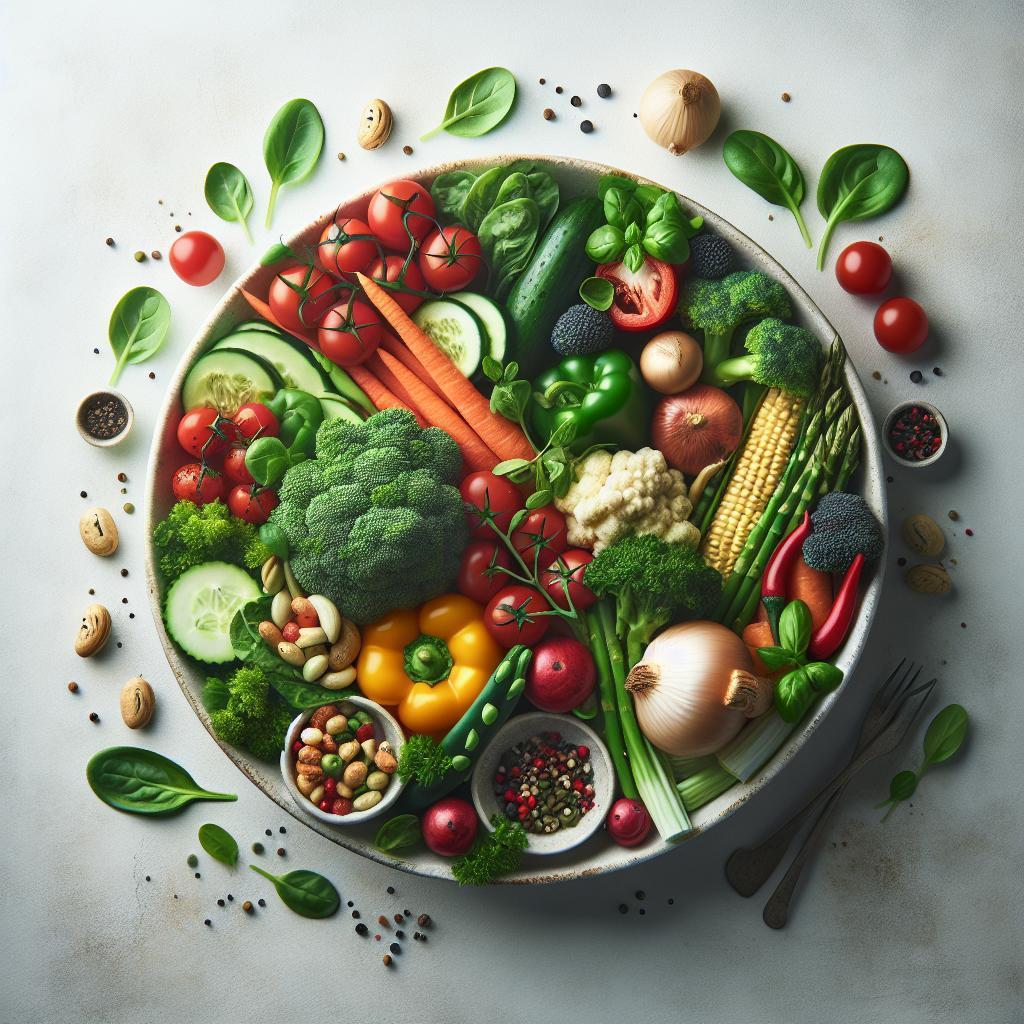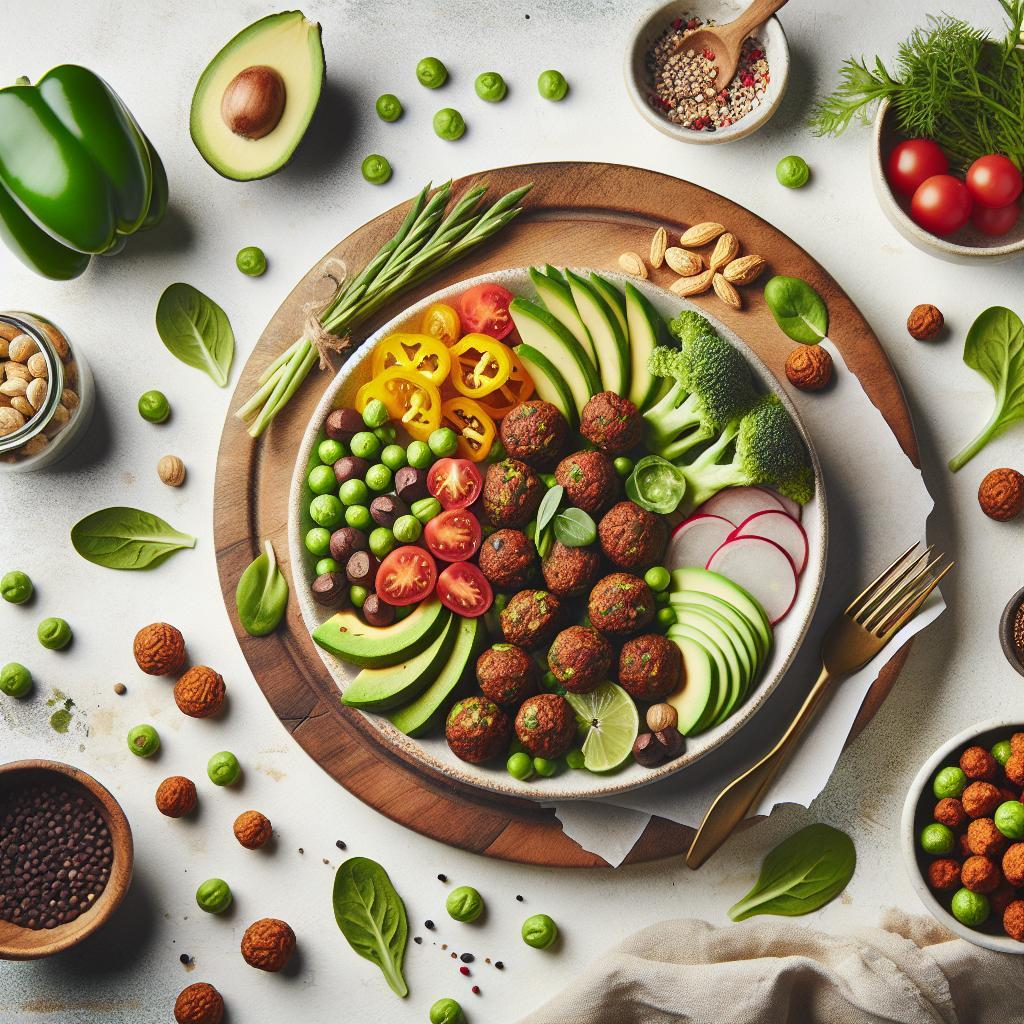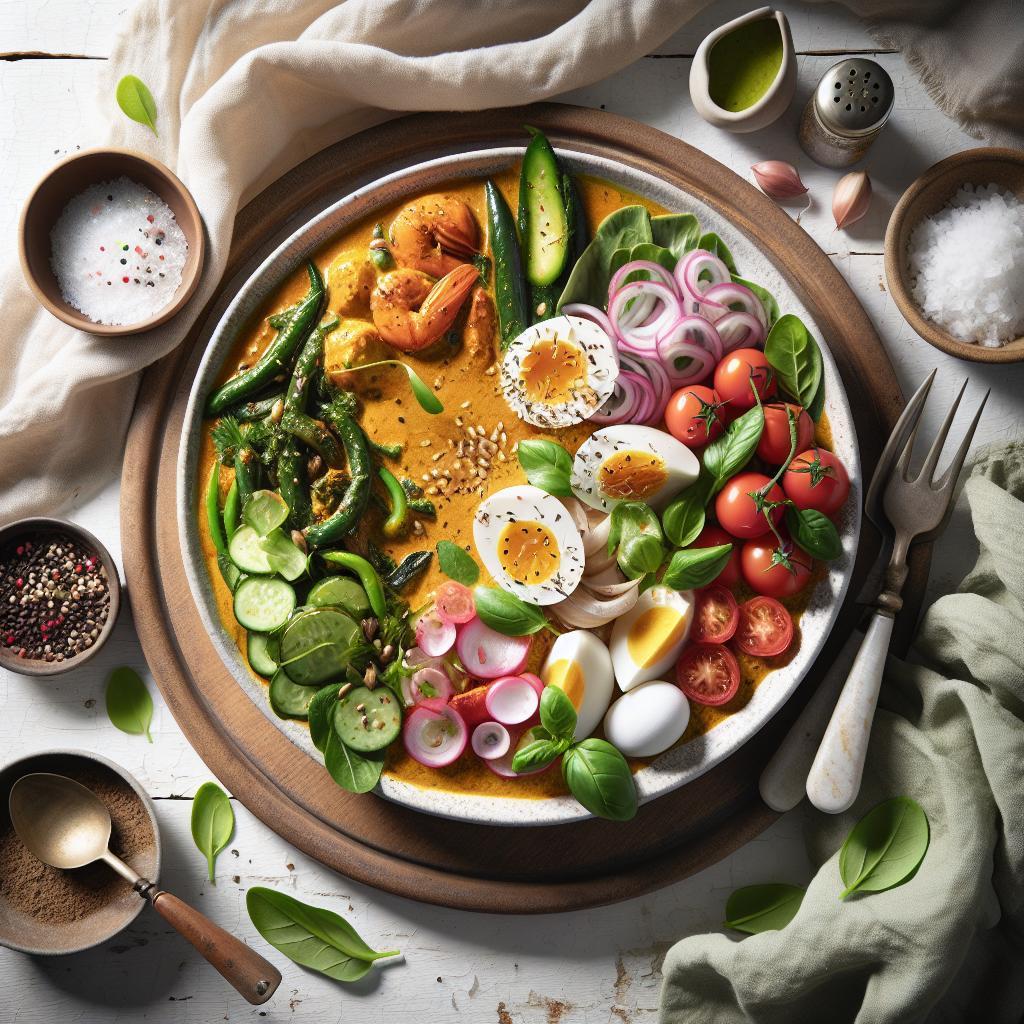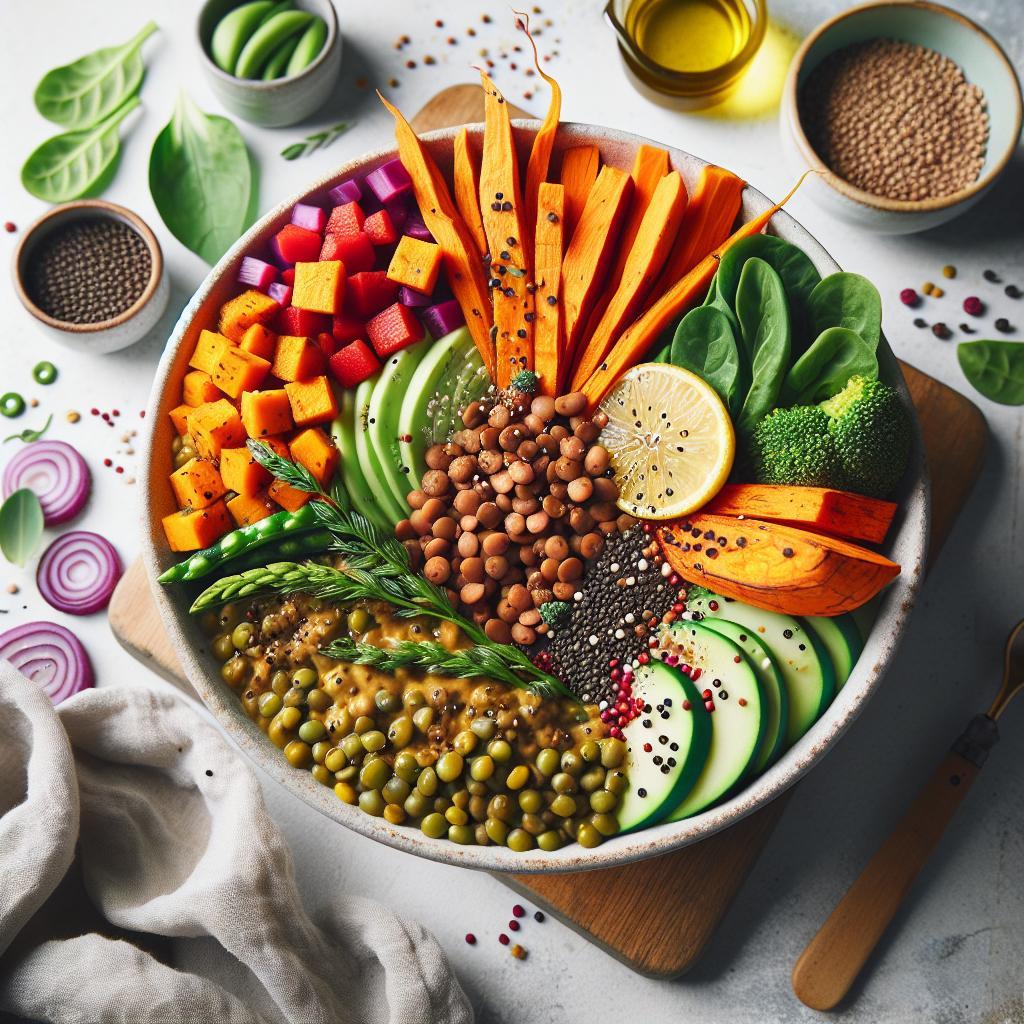In the vibrant world of vegan cuisine, bold spices and fiery flavors often take center stage, turning every meal into an adventurous celebration for the palate. Yet, there’s a fine line between tantalizing heat and overwhelming burn-a line that, when crossed, can leave even the most passionate plant-based eaters gasping for relief. “When Vegan Heat Goes Too Far: Taming Spicy Flavors Right” explores the art of balancing heat in vegan dishes, revealing how to harness spice’s fiery allure without tipping into culinary chaos. Whether you crave a gentle warmth or a blazing kick, this guide will help you master the delicate dance of spice, ensuring your vegan creations delight rather than defeat.
When Vegan Heat Goes Too Far: Taming Spicy Flavors Right
When vegan heat goes too far, understanding how to balance and soften those fiery layers is essential to crafting dishes that sing with boldness without overwhelming the palate. As a passionate culinary creator and food stylist, I’ve learned that mastering spice is both an art and science, especially within the vibrant world of plant-based cooking.
Prep and Cook Time
Prep Time: 15 minutes | Cook Time: 25 minutes
Yield
Serves 4 hearty portions
Difficulty Level
Medium – Perfect for home cooks eager to experiment with spice balancing
Ingredients
- 1 tbsp coconut oil or vegetable oil
- 1 large red onion, finely chopped
- 3 garlic cloves, minced
- 1-inch fresh ginger, grated
- 2 jalapeños, deseeded and finely chopped (adjust to taste)
- 1 tsp smoked paprika
- 1 tsp ground cumin
- 1 can (14 oz) diced tomatoes with juice
- 1 can (15 oz) chickpeas, drained and rinsed
- 1 cup coconut milk (full fat for creaminess)
- 2 tbsp smooth almond butter
- Juice of 1 lime
- Salt to taste
- Fresh cilantro for garnish
- 1 tsp maple syrup or agave nectar (optional, to balance heat)
Instructions
- Heat the coconut oil in a deep skillet over medium heat. Add the chopped onions and sauté until translucent and fragrant, about 5 minutes.
- Add the minced garlic, grated ginger, and chopped jalapeños. Stir continuously for 2 minutes until aromatics release their oils, taking care not to burn the garlic.
- Sprinkle in the smoked paprika and ground cumin, stirring to toast the spices lightly – this enhances their flavor and helps disperse the heat evenly.
- Pour in the diced tomatoes with their juices and gently simmer for 8-10 minutes, allowing the mixture to thicken and the flavors to meld beautifully.
- Add the chickpeas, coconut milk, and almond butter. Stir gently and let the sauce bubble softly for another 7 minutes. The almond butter provides a luscious texture and calms down the heat without dulling the vibrant spices.
- Stir in the lime juice and maple syrup, tasting as you go. These ingredients brighten the dish and soften intense spice notes to create a harmonious balance.
- Season with salt to your preference and remove from heat. Let it rest for a minute-flavors continue to develop as the dish cools slightly.
Tips for Success
- Adjust the intensity: Removing seeds from jalapeños significantly lowers heat; keep seeds if you prefer a punchier dish.
- Creamy calming agents: Incorporate coconut milk or nut butters like almond or cashew to mellow capsaicin’s burn effectively.
- Sweet balance: A touch of natural sweetener, such as maple syrup, works wonders to counteract excessive spiciness.
- Make ahead: Refrigerate leftovers in an airtight container for up to 3 days; flavors deepen with time.
- Substitutions: Use any type of beans if chickpeas aren’t available and swap in other plant-based milks, though creaminess and heat balance might vary.
Serving Suggestions
This vibrant vegan spicy stew pairs wonderfully with fluffy basmati rice or warm whole wheat flatbreads. Sprinkle with fresh cilantro and a dollop of chilled vegan yogurt to add a fresh coolness contrast. For visual appeal, scatter toasted pumpkin seeds or crushed peanuts over the top for crunch and depth.
| Nutrient | Per Serving | % Daily Value |
|---|---|---|
| Calories | 320 | 16% |
| Protein | 12 g | 24% |
| Carbohydrates | 38 g | 13% |
| Fat | 11 g | 17% |

For deeper insight on channeling heat without overwhelming your taste buds, explore our guide to vegan spice techniques. To understand more about the chemistry behind chili heat, the comprehensive resource at Science.org is invaluable.
Q&A
Q&A: When Vegan Heat Goes Too Far – Taming Spicy Flavors Right
Q1: Why do some vegan dishes tend to go overboard with spicy heat?
A1: Vegan cooking often relies on spices and peppers to build bold, flavorful profiles since meat is absent. Without the natural richness of animal fats to balance heat, fiery ingredients like chili peppers can sometimes dominate, turning a dish into a flame challenge rather than a meal.
Q2: What are common signs that the heat in a vegan dish is overpowering?
A2: If the spiciness masks other flavors, causes discomfort or burning beyond enjoyment, or triggers uncontrollable coughing or sweating, the heat has likely gone too far. When a meal leaves you reaching desperately for water or milk instead of savoring the flavors, it’s a red flag.
Q3: How can cooks balance fiery heat without compromising vegan flavor complexity?
A3: Layering flavors is key. Use spices like smoked paprika, cumin, or coriander to add warmth without pure fire. Introduce creamy elements such as cashew cream or coconut milk to soften heat. Bringing in sweet notes-think mango chutney or roasted bell peppers-can also calm the blaze while enriching taste.
Q4: What quick fixes can help tame an unexpectedly spicy vegan dish?
A4: Add a dairy-free yogurt or coconut milk-based sauce to neutralize capsaicin’s burn. Incorporate a splash of acid, like lemon or lime juice, to brighten and balance heat. Starch-based sides like rice or bread soak up excess spice and provide relief.
Q5: Are there types of peppers or spices better suited for gentle vegan heat?
A5: Absolutely! Mild peppers like poblano or Anaheim deliver flavor without shameful burn. Spices like ginger or black pepper provide warmth and zing that awaken the palate without setting it aflame. Starting low and building up lets you maintain control.
Q6: Why is mastering spice important in vegan cuisine?
A6: Because vegan dishes rely on plant-forward ingredients, balancing spice ensures flavors shine without turning guests away. Well-managed heat draws diners in, inviting exploration and delight rather than intimidation. It’s the secret to making vegan meals both bold and beautifully approachable.
Embrace the heat-but know when to hit the brakes. Taming spicy flavors in vegan cooking is an art that elevates every bite from fiery chaos to delicious harmony.
The Way Forward
As the vibrant world of vegan cuisine continues to embrace bold and fiery flavors, it’s easy to get swept away in the heat. But knowing when to tap the brakes on spice is the secret ingredient to truly savoring every bite. By balancing those blazing peppers with cooling, creamy, or sweet elements, you’ll create dishes that sing with flavor rather than scream for relief. So next time your vegan meal threatens to scorch your taste buds, remember: taming the heat isn’t about dulling the experience-it’s about turning down the volume just enough to let all the delicious nuances shine. After all, the best spice is the one you can enjoy from the first bite to the last.